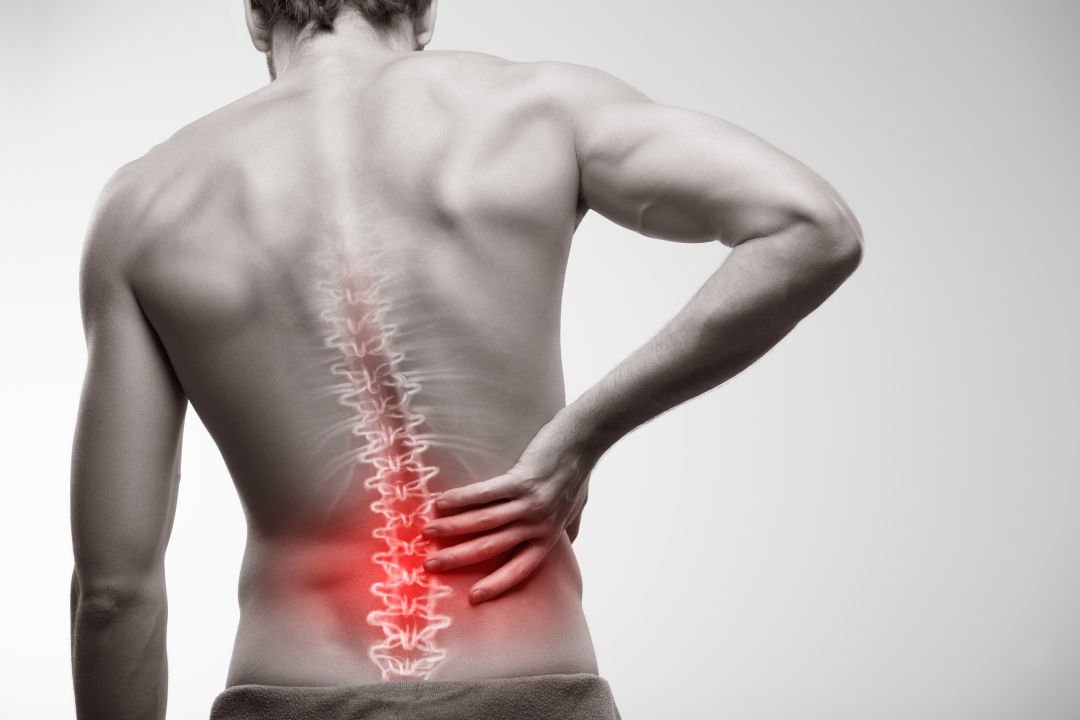
By Rick Kaselj, M.S. (Exercise Science), B.Sc. (Kinesiology), PK, CPT, CEP, CES
www.criticalbench.com
The sit-up or more specifically, the ‘crunch’ has been an exercise staple for decades. Proponents of the crunch touted it as the ideal exercise for building six-pack abdominals and ridding the stomach of excess fat. Since as far back as the 1940s fitness ‘gurus’ in gyms, on television and in magazines suggested that the crunch offered a fast track to a lean, well-defined mid-section.
And for nearly as long, the real fitness experts have been saying “No, no no….the crunch does none of those things and is in fact, a horrible exercise that increases the risk of injury—particularly the back.” Let’s take a look and see which viewpoint is correct.
We’ll start by taking a look at the crunch movement to get a better perspective. There are a nearly endless variety of ways to perform the crunch but among all of them, the basic movements are essentially the same. The movement begins by lying face up on the floor with knees bent. Next, curl the shoulders towards the pelvis with the lower back remaining on the floor. The movement is repeated anywhere from 20 to a hundred times or more. The hands can be behind or beside the neck or crossed over the chest.
Crunches can be more difficult by: placing the feet up on a bench with the back on the floor; performing the movement on an exercise ball; performing the movement on a decline bench; twisting the torso during the up movement; or even by placing a weight plate, kettle bell or dumbbell on the chest to make the up movement more difficult.
But while in theory the crunch is perceived to be a simple, relatively safe exercise, this is not necessarily the reality.
The problem is that most people do not perform the movement properly, placing them at risk for injury. The risk and likelihood of injury increases exponentially as the crunch movement is made more complex or challenging by adding weights, exercise balls or other apparatuses.
 You may be wondering how I’m qualified to answer that question and I don’t blame you for asking. For the past sixteen years I’ve been working with clients as an Injury Specialist and I’ve given over 315 live presentations to over 6065 healthcare and fitness professionals across Canada and the USA. My work has been featured in some of the media outlets below.
You may be wondering how I’m qualified to answer that question and I don’t blame you for asking. For the past sixteen years I’ve been working with clients as an Injury Specialist and I’ve given over 315 live presentations to over 6065 healthcare and fitness professionals across Canada and the USA. My work has been featured in some of the media outlets below.Sure credentials are great but real world experience with my own clients has shown me the specifics about why the crunch can be horrible for your back.
Let’s first look at the factors that keep the spine healthy and free of pain. First and foremost, a strong core is essential to a healthy back. Weak core muscles can increase the risk of lower back injury and pain. Strong core muscles reduce the risk for lower back pain by helping you to maintain correct posture and reduce strain on your spine. Poor posture can also result in back pain.
>> Click here to learn the techniques for back pain remedies.


Comments
Post a Comment